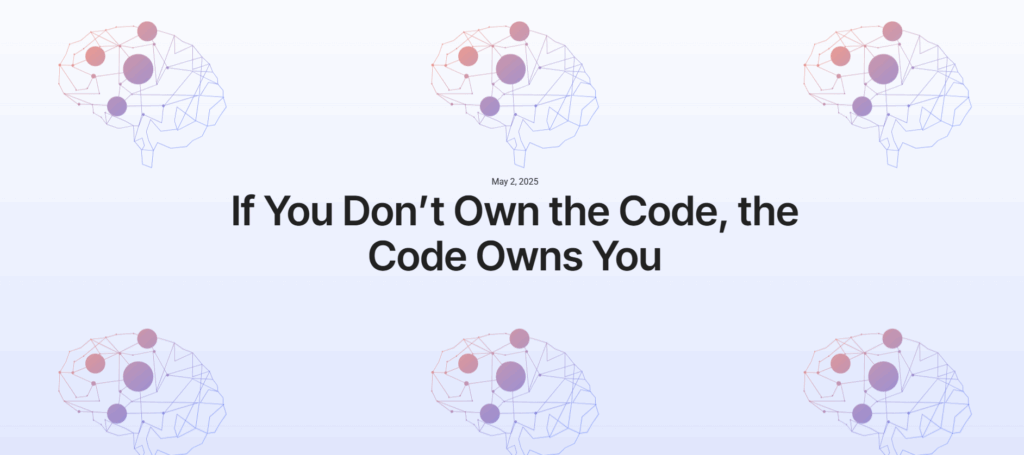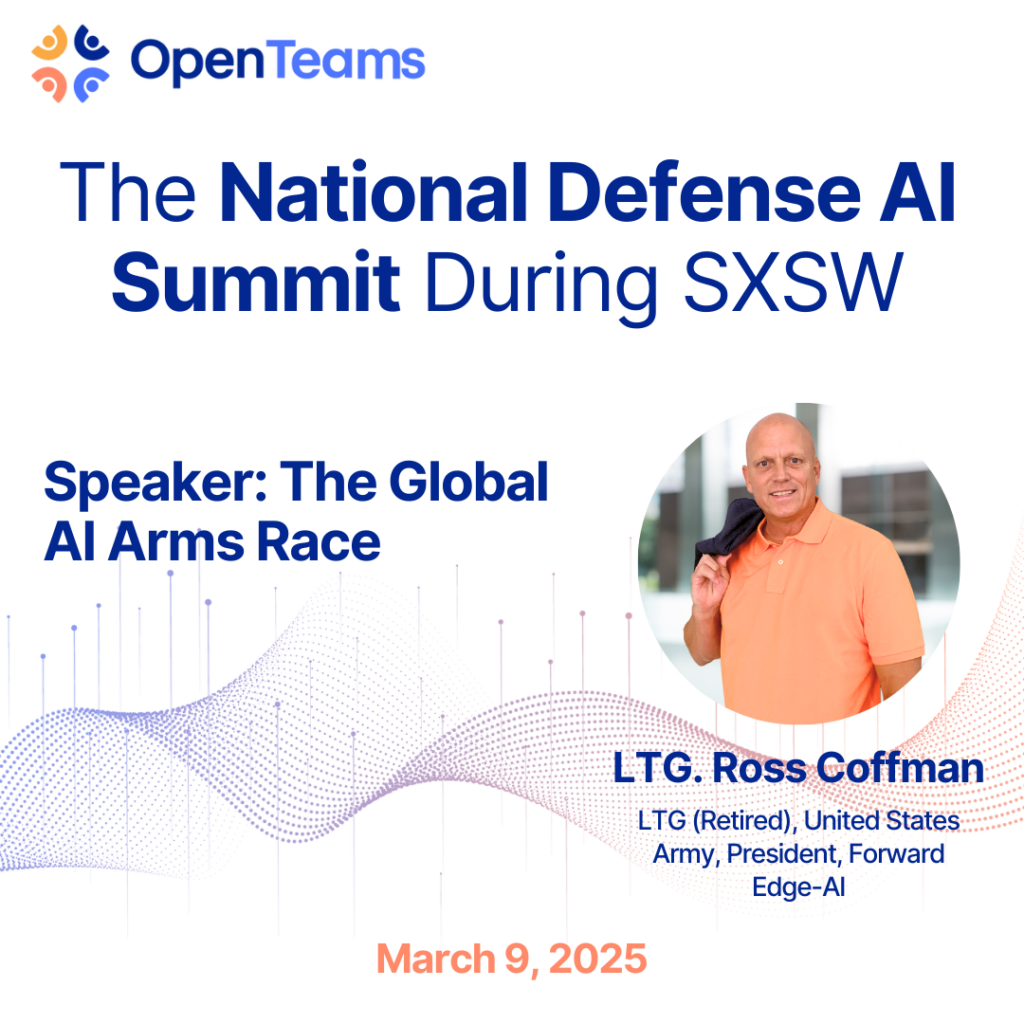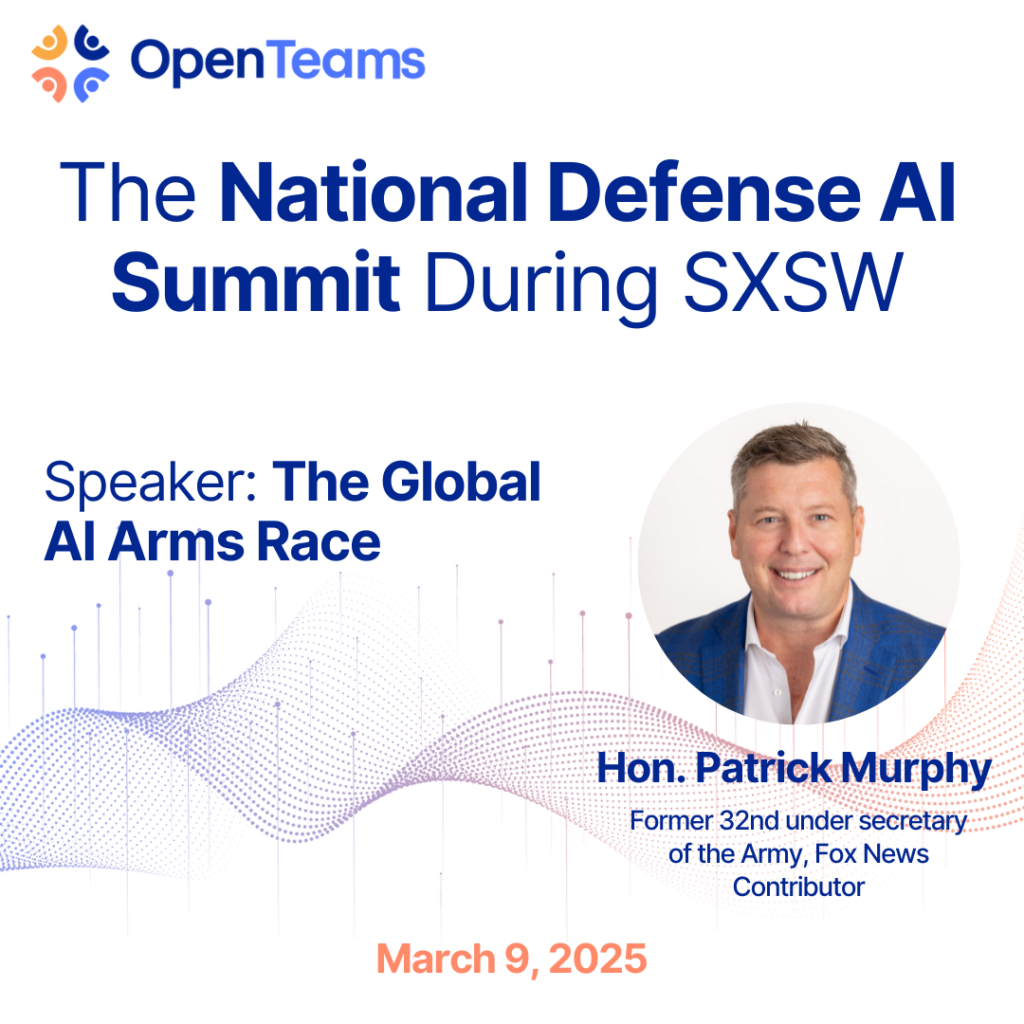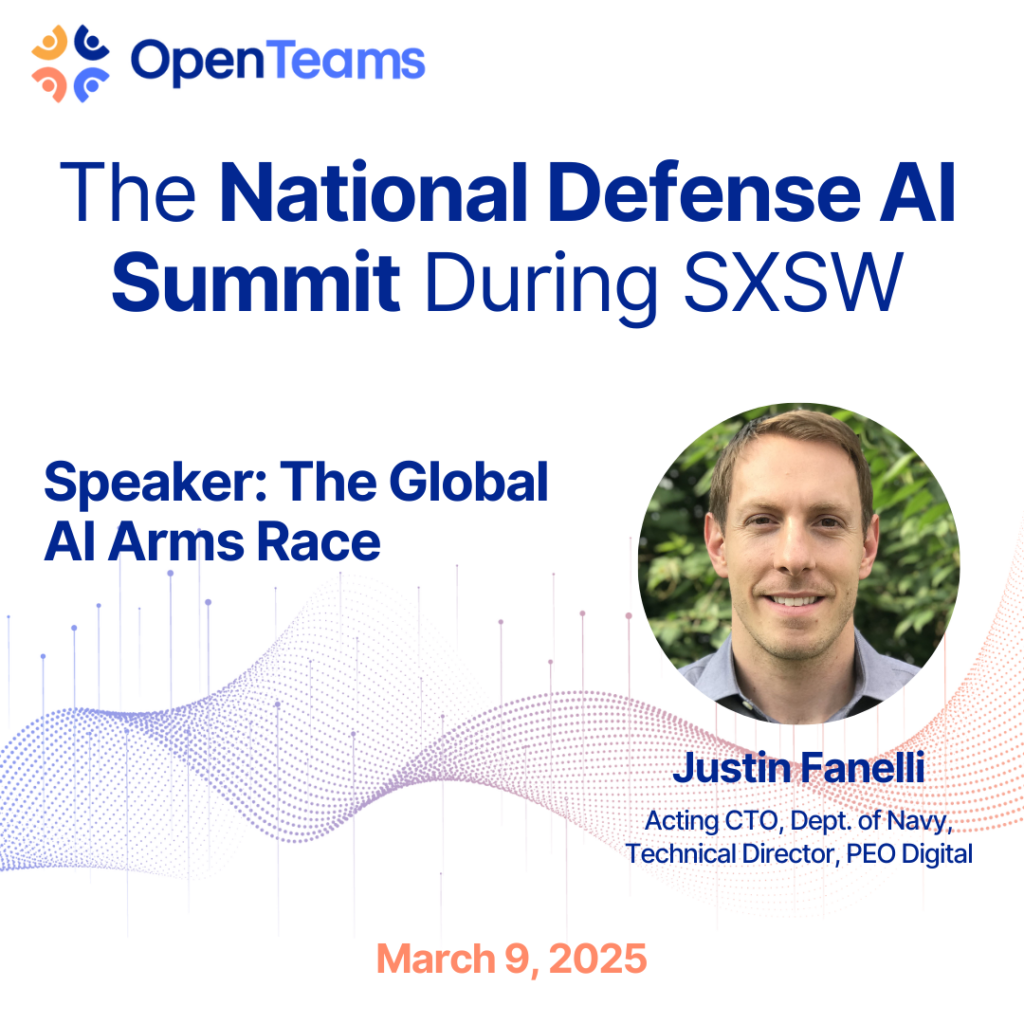
How AI Enhances Open Source Software Compliance for Government
Harikrishna Kundariya, co-founder of eSparkBiz, explains how open source is changing AI in governance.
Government Software Compliance
Artificial intelligence (AI) and open source software (OSS) are transforming how governments build, manage, and regulate technology. Formerly a rigid ecosystem dominated by proprietary systems, now it is shifting toward flexibility, transparency, and speed.
As always, that transformation comes with complexity. OSS licensing, data governance, and security compliance are strategic imperatives. And increasingly, they’re being powered by AI.
From license auditing to regulatory compliance and real time vulnerability detection, AI is rapidly becoming the hero of open source governance. AI is streamlining compliance in the public sector, reducing risk, increasing transparency, and enabling governments to deploy OSS more responsibly and efficiently.
Why Governments Need AI Enhanced OSS Governance
Government agencies face intense scrutiny when it comes to software integrity. Whether building national security infrastructure or managing sensitive citizen data, compliance is not optional. But OSS governance at scale is notoriously difficult:
- Projects involve thousands of contributors.
- Licenses are layered, obscure, and evolving.
- Regulatory environments shift across jurisdictions.
- Security vulnerabilities can emerge without warning.
AI-enabled tools offer a new solution. They amplify human oversight. With automation, intelligence, and precision, AI is helping public agencies regain control over their open source environments.
1. Automating License Compliance
Tools like FOSSA, WhiteSource, and ClearlyDefined use AI to scan large repositories, automatically identify OSS licenses, and flag conflicts. For federal IT teams managing sprawling software stacks, this translates into:
- Reduced manual workload for license audits.
- Fewer legal risks from inadvertent license violations.
- Improved accuracy in compliance reporting.
This is especially vital in highly regulated sectors like defense, where licensing missteps can delay deployments or compromise procurement eligibility.
2. Strengthening Security and Vulnerability Detection
AI tools like Snyk, GitHub Dependabot, and DeepCode continuously scan dependencies for known vulnerabilities. They can:
- Detect issues in real time.
- Suggest patches or mitigation strategies.
- Prioritize threats based on usage and severity.
More advanced platforms now go a step further—forecasting future vulnerabilities based on usage patterns or community trends. This proactive defense is essential for agencies managing critical infrastructure.
3. Boosting Code Quality and Reducing Technical Debt
AI-driven static analysis tools like CodeQL and SonarQube evaluate OSS contributions for quality, maintainability, and security. These tools:
- Flag problematic code early.
- Recommend improvements.
- Promote standardized, high-quality practices.
This helps with ensuring code quality. Overall, thanks to this, codebases used in public-sector software are clean, efficient, and ready for long-term maintenance.
4. Accelerating Regulatory Compliance
Meeting GDPR, HIPAA, and FISMA standards is complex—especially when using third-party OSS components. AI tools assist by:
- Scanning code for sensitive data processing.
- Tagging risky functions or endpoints.
- Enforcing data minimization and access control policies.
Policy engines like Open Policy Agent (OPA) integrate with AI to centralize compliance enforcement across microservices. This is critical for maintaining alignment with evolving legal mandates.
5. Supporting Ethical AI & Transparent Development
As government agencies explore AI-based services, the transparency and accountability of OSS become essential. Public trust hinges on clear decision-making processes—something open source models support inherently. AI enhances this by:
- Highlighting how decisions are made within models.
- Auditing AI-generated code for bias and reproducibility.
- Maintaining transparency in model updates and training data.
This aligns with the EU AI Act and other global frameworks demanding ethical AI standards.
Overcoming Common Challenges
Despite the growing maturity of AI-driven OSS governance tools, several persistent challenges must be addressed to ensure successful implementation—especially in the public sector where stakes are high and tolerance for error is low.
False Positives & Trust
AI tools may incorrectly flag licenses or security issues. Human oversight remains essential.
Integration Complexity
AI and OSS tools must integrate with legacy systems—requiring upskilling and thoughtful architecture.
Legal Ambiguity
AI-generated code presents licensing questions. Open source AI must comply with evolving legal interpretations.
Maintenance Requirements
Open source AI tools are community-driven and require active stewardship. Government agencies must plan for ongoing updates.
AI-Powered OSS Governance at Scale
We’re entering an era of autonomous compliance. Expect to see:
- Autonomous agents managing license risks in real time.
- Integrated AI into CI/CD pipelines for continuous compliance.
- Crowdsourced AI security models built by open source communities.
For public-sector leaders, the question is no longer if AI can enhance OSS governance—it’s how quickly you can adopt it.
Open Source & Governments
Open source AI is already a proven strategy—already transforming how government agencies manage compliance, security, and innovation. With the right tools, partnerships, and policies, AI can help unlock the full potential of OSS—responsibly, transparently, and at scale.
With AI-enhanced governance, the open source future for government is more secure, more agile, and more accountable than ever.

Harikrishna Kundariya
Harikrishna Kundariya is a marketer, developer, and co-founder of eSparkBiz, a software development company specializing in AI, IoT, and SaaS solutions. He writes regularly on the intersection of emerging technologies and public-sector innovation.
This article was written and submitted by an external contributor. Inference & Signals did not receive any payment or sponsorship in exchange for its publication. The views expressed are those of the author and do not necessarily reflect the official position of OpenTeams or Inference & Signals.
Share:
Related Articles
Panel 1: 10:00 AM – 10:45 AM
The Global AI Arms Race




